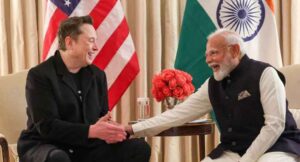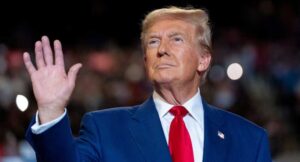LG Electronics India, the Indian arm of the South Korean major, is likely to file the updated draft red herring prospectus (UDRHP) for its Rs 15,000 crore IPO with the market regulator Sebi early next month, according to sources.
Following this, it is aiming to hit the Dalal Street later the same month.
The sources also stated that Cho Joo-wan, chief executive of LG Electronics, would visit the country and attend the listing day event.
In response to FE’s query, a spokesperson of the company said, “We do not comment on market speculation or rumours.”
The company has already conducted roadshows to attract investors for the IPO. It had received Sebi’s approval for the IPO in March this year.
The company would raise around Rs 15,000 crore through the IPO, which would be an offer for sale by its parent. LG Electronics will be offering a 15% stake in the Indian unit.
Some experts have suggested that the company may raise money at a lower valuation, given the recent market volatility. However, it would become clear only once the UDRHP is filed.
The IPO is expected to accelerate the company’s expansion into other countries in Asia and Africa, reducing its reliance on North America following the announcement of hefty tariffs on imports by the USA last week.
In a recent speech, Cho said, “We want to be a national brand in India. We’ll turn the market’s potential into reality.”
LG Electronics is also slated to break ground on its third consumer electronics plant in India at Sri City. It currently operates two manufacturing factories here- one in Noida and another in Maharashtra’s Ranjangaon.
It is a significant player in the country’s consumer durables market and rivals brands like Samsung, Voltas and Whirlpool.
According to market estimates, the company controls 33.5% of the washing machine market here, 28.7% of the refrigerator sector, 25.8% of the TV market, and 19.4% of the air conditioner market.
In FY24, LG Electronics achieved its highest-ever revenue in India. The revenue from its Indian operations jumped 14.8% to $2.8 billion, according to the regulatory filings.
Its net profit in India surged 43.4% year-on-year.
LG is also planning to roll out an appliance rental service across the country. This service was piloted at its exclusive stores last year, mainly to target premium customers.
“We plan to roll this out across our distribution network, which, we believe, will enable us to offer differentiated services, enhance consumer satisfaction and drive sales,” the company said in its DRHP. Financial Express









